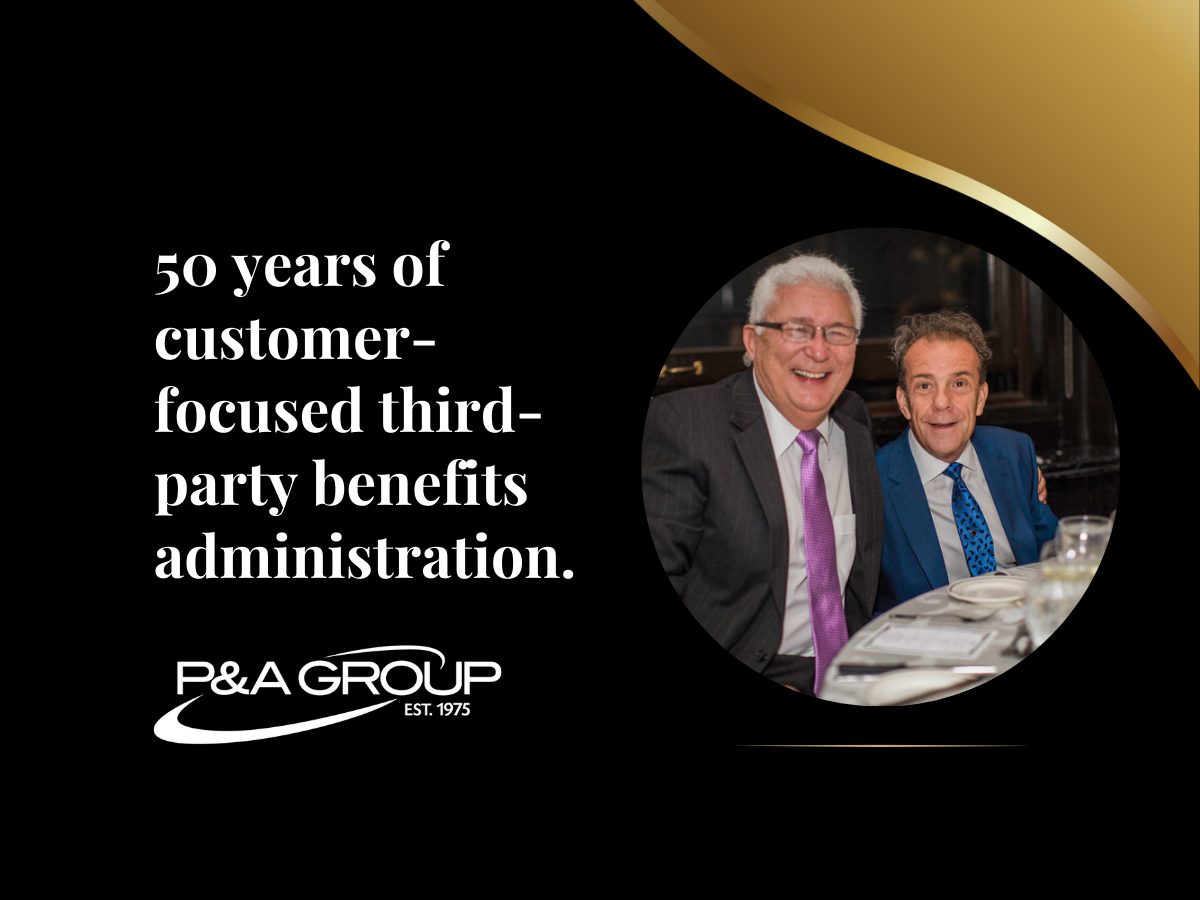
A Health Reimbursement Arrangement (HRA) or Section 105(h) plan is an employer-funded benefit that reimburses employees for specific medical expenses, and in some cases dental and vision expenses depending on the plan design. Employers contribute tax-deductible dollars to the account, allowing employees to receive tax-free reimbursements.
What’s great about HRAs is employers have the flexibility to restrict what can be reimbursed. For example, if you want to only reimburse a portion of the high deductible health insurance, prescription co-pays or just vision-related expenses, you can design the plan with those restrictions. On the flip-side, if you want your employees to receive reimbursement for all eligible medical, dental and vision expenses allowed under IRS guidelines, you can.
Design Options
HRAs provide flexibility with several design options to choose from:
Gap Plan
This type of plan design reimburses deductible expenses under a health insurance plan, thereby filling the “gap” between employees’ out-of-pocket expenses and their insurance coverage.
Unrestricted Plan
Like the name suggests, an unrestricted HRA design has no restrictions. This plan reimburses the same expenses as a Health FSA, including co-pays, glasses, orthodontia and prescriptions.
Restricted Plan
Under this design option, reimbursement is limited or restricted to specific expenses, such as vision, dental or prescription drug copays.
Refill Model
With a refill model, the benefit maximum remains constant and is replenished on an annual basis.
Rollover Model
A rollover model means unused account balances/unreimbursed expenses rollover and can be spent/ reimbursed in future years or as benefit dollars become available.
What are the benefits for employers?
- Employer contributions to HRAs are NOT subject to payroll taxes, workers’ compensation or pension and profit sharing contributions.
- By combining a higher deductible insurance plan with an HRA, you can lower your company’s health insurance costs!
- Administrative costs are tax deductible and can be paid by the employer, the employee or both.
- HRAs complement FSA plans and help increase FSA participation. The greater the FSA participation, the higher the matching employer FICA savings are.
How does offering an HRA and FSA work?
An HRA and FSA work together to give your employees a robust benefits package. Having both plans allows for employees to better manage their health expenses. The HRA provides employees with employer funds and the FSA allows employees to contribute pre-tax dollars to pay for additional out-of-pocket expenses – making it easier to manage those costs. It’s a win-win for both the employer and employee.
To learn more about how an HRA can work for your company, contact us today!
